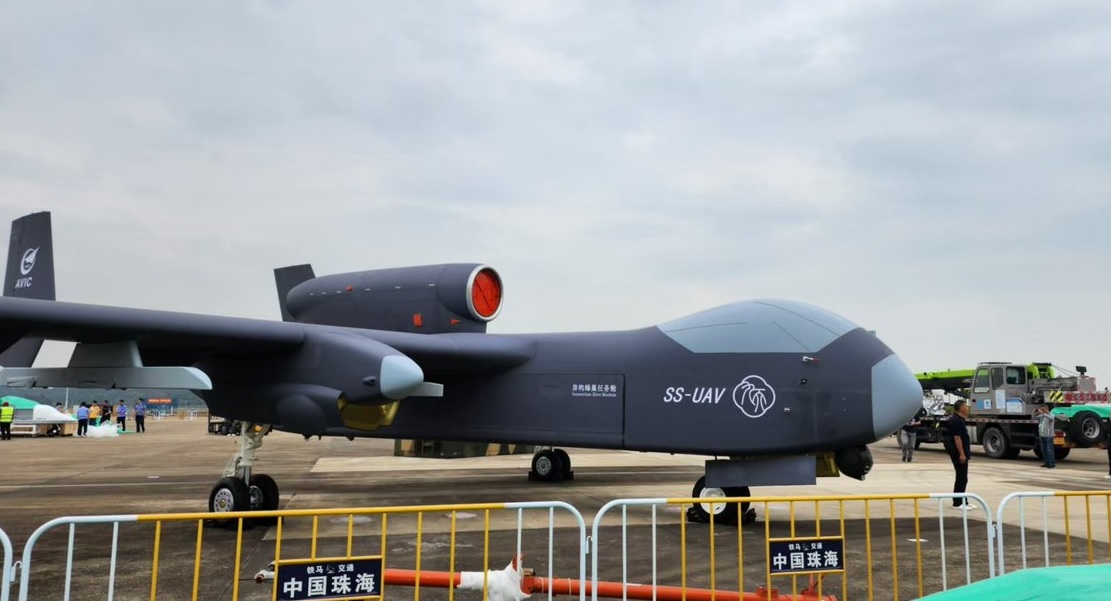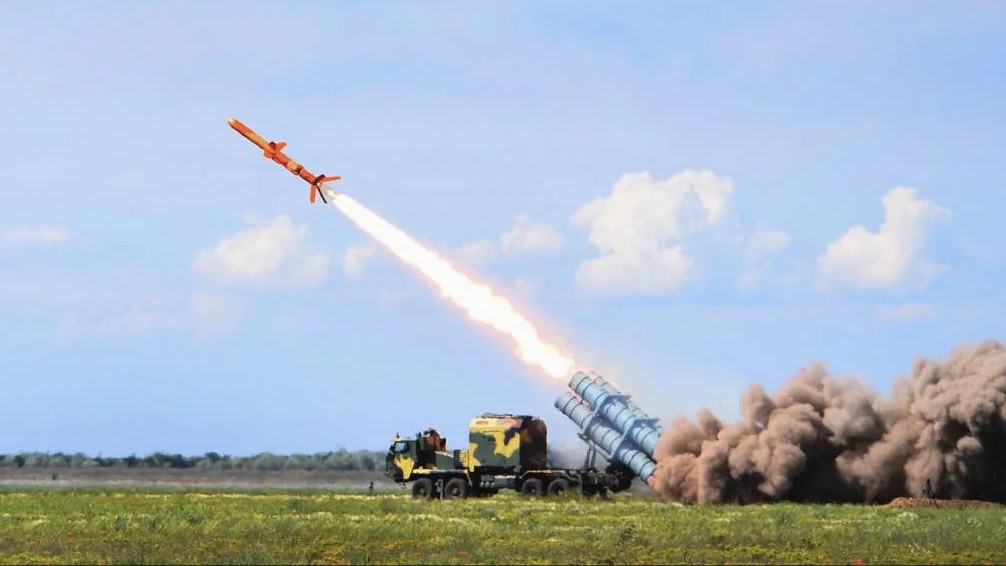China Unveils Jiutian SS-UAV as a Potent Rival to U.S RQ-4 And MQ-9 Drones

China has taken another ambitious leap forward in military drone technology with its unveiling of the Jiutian SS-UAV, a fifth-generation heavyweight unmanned aerial vehicle. Scheduled to debut at the Zhuhai Air Show from November 12-17, 2024, this strategic marvel is designed by the Aviation Industry Corporation of China (AVIC) to challenge U.S. heavyweights like the RQ-4 Global Hawk and MQ-9 Reaper. The Jiutian not only embodies China's progress in UAV development but also reinforces its overarching strategy to strengthen its aerial dominance, especially in contested areas like the South China Sea and around Taiwan.
What sets the Jiutian apart is its impressive physical and operational specs. Weighing in at around 10 tons, this drone features a single-engine configuration optimized for stealth. The engine is rear-mounted, significantly lowering its thermal signature and making it difficult for adversaries to track. This engine layout aligns with its high-altitude, long-endurance design, offering a formidable range that is ideal for deep surveillance or strike missions while avoiding detection by ground-based radar systems. The broad wings and straight-wing design underscore its stability and payload capacity, which is crucial for prolonged reconnaissance or attack missions.
One of the drone's standout features is its "heterogeneous honeycomb mission bay," which grants it the extraordinary ability to deploy smaller drones in swarm formations. This concept introduces an entirely new dimension to UAV warfare, enabling saturation attacks or overwhelming enemy defenses through coordinated drone operations. This swarming capability could serve as a force multiplier, complicating adversaries' defenses and enhancing strike effectiveness. Moreover, the modular mission bay architecture facilitates quick reconfiguration, allowing Jiutian to be tailored for specific missions—whether it's surveillance, electronic warfare, or precision strikes.
The payload versatility of the Jiutian is equally noteworthy. With eight underwing pylons, it can carry a broad spectrum of surveillance sensors, munitions, and electronic warfare equipment. This multi-role capability positions it as a dual-threat UAV, capable of intelligence gathering and precision strikes in hostile environments. The integration of advanced radar and optical systems further enhances its situational awareness, making it a formidable asset in high-stakes operations.
China's intent to match or surpass U.S. drone technology with the Jiutian is clear. The country's recent advancements in UAV technology are part of its broader military modernization efforts aimed at countering U.S. and allied forces. The drone's stealth capabilities, strategic endurance, and swarming potential make it a game-changing asset in China's arsenal. Moreover, its ability to work in tandem with fifth-generation fighters like the J-20 and ballistic missile systems provides a comprehensive aerial dominance package that can exert sustained pressure on adversaries while gathering real-time intelligence.
At a time when global military dynamics are heavily influenced by advanced aerial platforms, the Jiutian represents China's strategic foresight and its quest for technological parity, if not superiority, with Western counterparts. The upcoming Zhuhai Air Show will provide a glimpse into how this ambitious UAV fits into China's vision for future warfare, particularly in contested regions where control of the skies could dictate the outcome of conflicts.
This significant UAV development aligns with broader geopolitical aims, demonstrating China's capacity to field advanced, long-endurance drones that can perform critical roles both in peacetime surveillance and in conflict scenarios.


